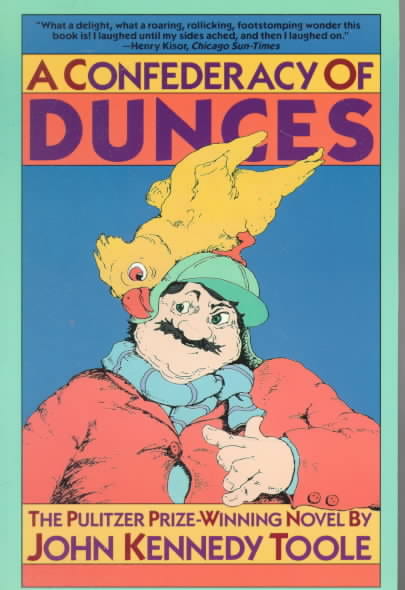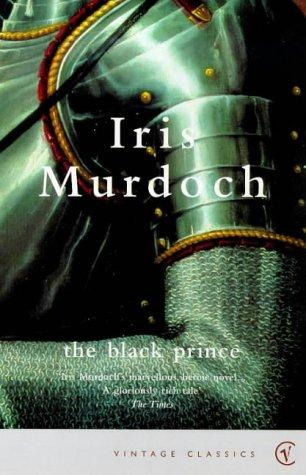
I first read The Great Gatsby when I was 11 or 12. I remember seeing it on my teacher's desk and asking her if I could borrow it, probably trying to be precocious. I read it, but it may as well have been the Rosetta Stone. A young kid from eastern Washington had no conception of the New York locale (an essential part of the novel) or of the historical context it stood in. So of course, I hated the book and made sure that I kept that opinion for the next 30 years.
Embarking on the List, I knew there would be a few books that I'd need to reread in order to 'count' them, and this was one of them. I'm glad I gave it a second appraisal.
The novel is set in 1920s New York and Long Island and concerns the experiences of Nick Carroway, our narrator, over the course of a year he spends attempting to become a bonds trader. Nick's second cousin Daisy and her husband Tom live just across the bay from him and he strikes up a romance with their house guest, a female professional golfer. Nick's next door neighbor is the enigmatic Jay Gatsby, a man with a taste for incredibly opulent and frequent parties and a mysterious past. Over the course of the novel, his love for Daisy is revealed and his obsession with winning her from her two-timing husband leads to tragic consequences.
As most people know, The Great Gatsby concerns the American dream, or, more accurately, the artifice of the American dream. It can definitely stake a claim as the Great American Novel. The character of Gatsby is both the realization of the American dream and the representation of its hollow and tenuous promise. The same can be argued for Daisy and Tom who have succeeded, but have done so through very little effort on their own parts. Gatsby is self made, but not in a way that will ever be respected by the likes of Tom, or, to a lesser extent, Nick.
I was interested to learn in my research that F. Scott Fitzgerald was considered somewhat of a failure during his life. After a huge success with his first novel, Gatsby sold only 25,000 copies while Fitzgerald lived, and he wasn't appreciated fully until after his death when his work was reappraised and began to become a standard piece of high school and college curriculum. Fitzgerald, a member of the 'Lost Generation', died very young as a result of his alcoholism. His wife Zelda died in a fire in Asheville, NC just a few years later.

















